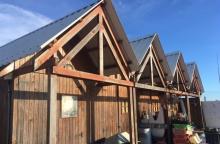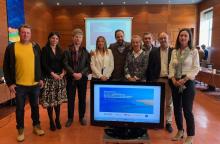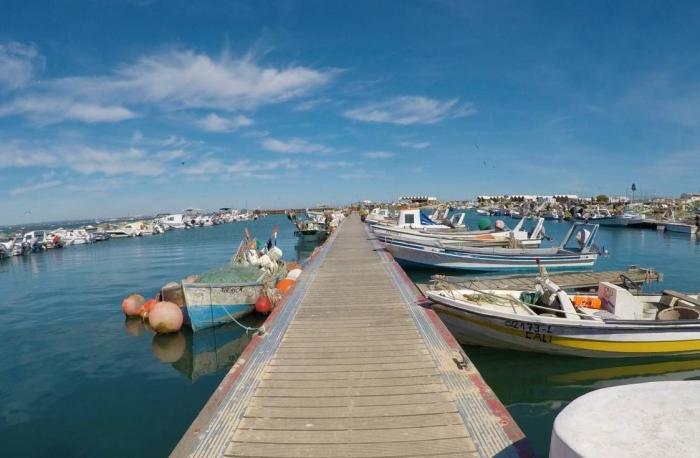
Island facts
The local community decided to take their future into their own hands.
Ilha da Culatra (Culatra Island) is a large sandy island located just south of the cities of Olhão and Faro in Portugal. The island is part of the Ria Formosa National Park and, therefore, has to follow strict rules for its development. There are no paved roads in Culatra. You will get to know the island on foot once you reach it by ferry. The island is about 6 kilometres long, and its width ranges from 100 to 900 meters. Its 1000 inhabitants mainly live off fishing and shellfish culture.
Currently, as a result of the Culatra 2030 Initiative, the island has five photovoltaic production units, totalling 85.8 kWp of installed capacity, which generates around 156.4 MWh per year, covering more than 25% of the community's energy needs during the day; and 46 kWh of Lithium batteries storage, with the installation of another 200 kWp of photovoltaic generation being planned soon. These facilities allowed decentralised generation from several Production Units for Self-Consumption (UPACs) located at different points in the low-voltage network of the Culatra housing unit.
Without the constitution of a Renewable energy Community (REC), energy cannot be distributed throughout the community, and the generation is injected into the grid without economic benefits for the island's inhabitants. Culatra needs assistance with REC setup and operationalisation.
Fishermen pushing for a clean energy transition
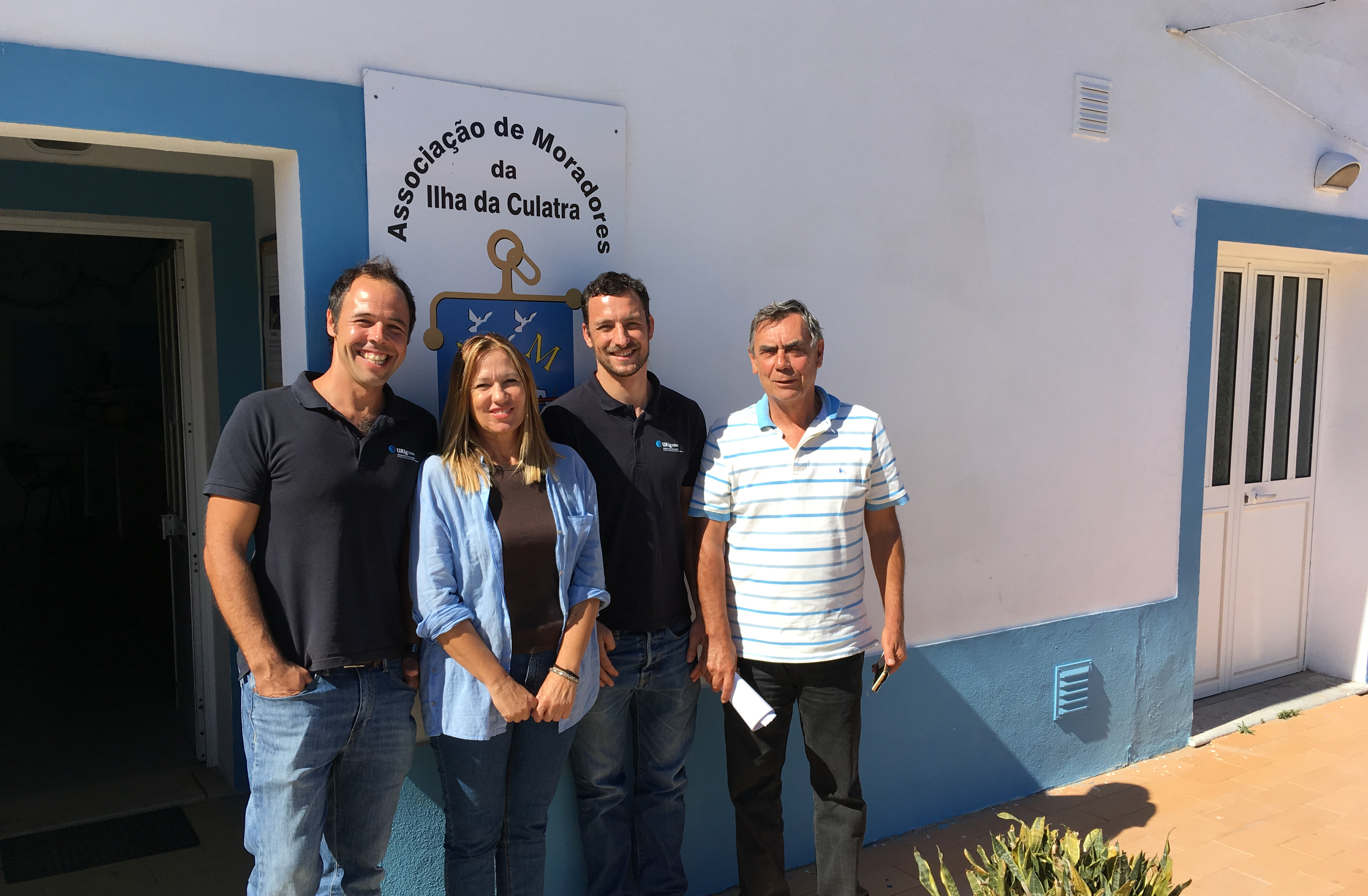
This is the place to be if you want to experience the traditional Portuguese fishermen's lifestyle. Idyllic small fishermen's houses are all over the island. The main attraction of Culatra, however, is its long, white sandy beach, which extends from the West to the East of the island and is considered one of the most beautiful beaches of the Algarve.
The island consists of three parts. Culatra, located on the east side, is the largest village on the island, and it is mainly inhabited by fishermen. The entire village has 759 inhabitants who are all connected to the grid. Farol, to the island's West, has 84 permanent residents and is partially connected to the grid. The island's third village, Hângares at the centre, has very little infrastructure and is only rarely visited by tourists. It has 103 inhabitants, and most houses generate energy through solar panels or small wind turbines.
Culatra and Farol are easy to reach by ferry within 30 minutes from Olhão or Faro on the mainland, but Hângares can only be reached by foot. There are no roads for vehicles on the island, so the only way to explore it is by foot, on wooden paths.
Culatra Island is part of the municipality of Faro, one of the 16 municipalities of the Algarve region. To create a common vision for the region, the Algarve Intermunicipal Community (AMAL) developed the "Intermunicipal Plan for Adaptation to Climate Change." The plan focuses on identifying the main current and future climate vulnerabilities and the solutions municipalities can implement.
As Culatra is part of a national park, it faces significant challenges in waste management and human pressure on natural habitats during the high season. As a relatively flat island, Culatra is also extremely vulnerable to sea-level rise and storms.
Uniting with local experts to transform the island's energy system
Aware of the clean energy opportunities in Culatra, the local community decided to take their future into their own hands. Partnering with the University of Algarve, the Culatra Island Residents Association (AMIC) plans to design a roadmap and implement a clean energy transition framework on the island. Their common goal is to convert Culatra into the first Portuguese clean island community.
The vision of the local community is to introduce a decentralised electricity production system and create a community spirit that will empower the population of Culatra Island. The main focus areas are producing renewable energy to become energy-independent, finding efficient ways to treat and manage the island's waste, and producing water for self-consumption. To successfully implement all different project phases, the University of Algarve plans to launch a participative process in collaboration with the local and national government, including the local community. During this process, the island stakeholders will decide together on appropriate technical solutions and develop cost-benefit analyses for each solution, taking into account the specificities of the island context.
Secretariat visits pilot community "Culatra 2030"
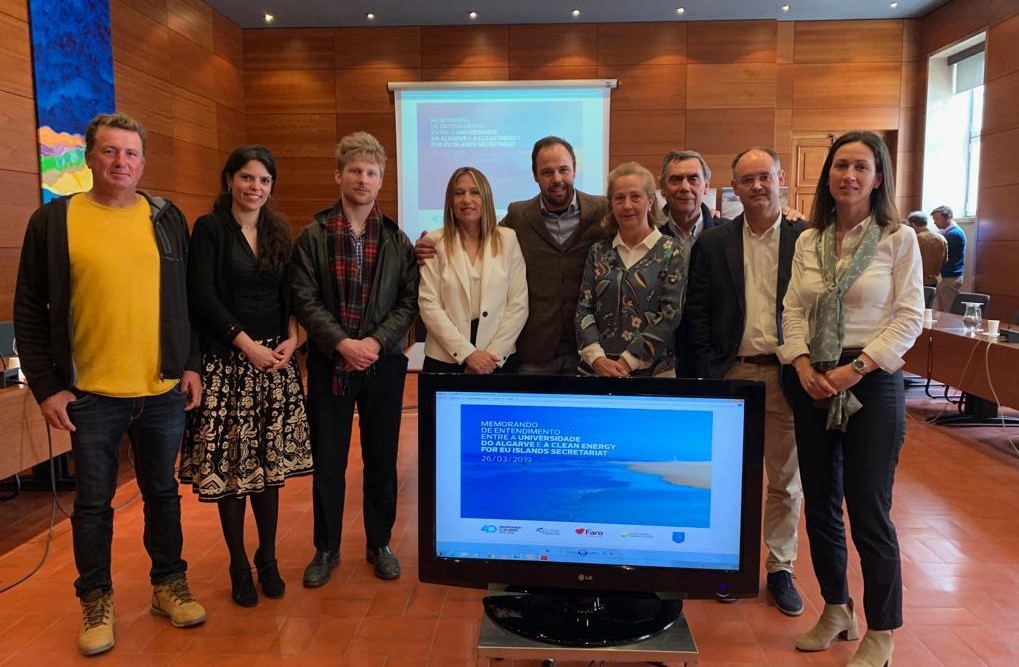
(Photo: University of Algarve)
In March 2019, the Clean energy for EU islands secretariat visited the Faro region and pilot island Culatra to kick off the secretariat's pilot island activities. As part of the 26 islands selected for support by the Clean energy for EU islands secretariat, stakeholders on Culatra island will be working together to develop an island-wide transition agenda.
A Memorandum of Understanding was signed between the University of Algarve, the Association of Residents of Culatra Island, the Coordination Commission for the Algarve Region, Faro Municipality and the EU Island secretariat to set forth a common understanding of the collaboration. The ceremony, which took place on the 26th of March in the Coordination Commission for the Algarve Region, was attended by a wide range of stakeholders from local businesses and industry, academia, public authorities and community organisations. It was followed by an open consultation to evaluate barriers and opportunities on the island related to clean energy.
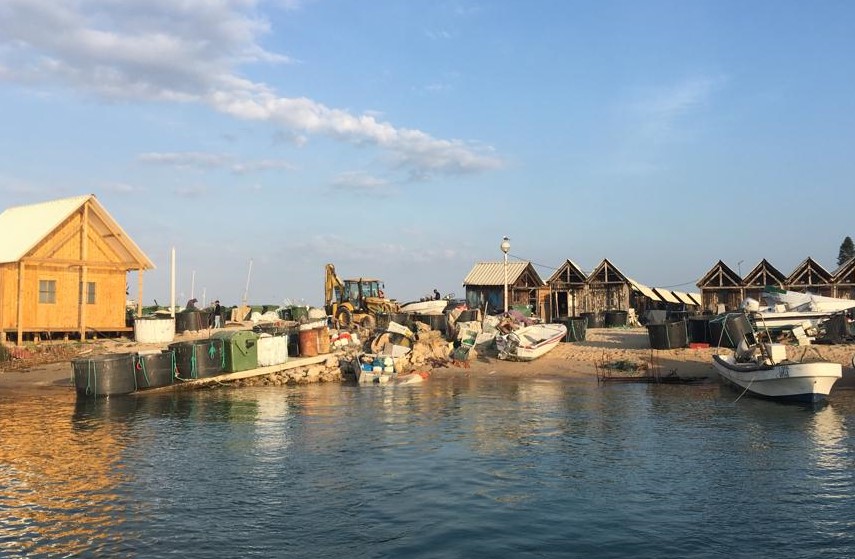
The second part of the visit took place on the island of Culatra itself, during which representatives of the Secretariat assessed the energy situation and interviewed the local community. The Secretariat also visited the elementary school, the community centre, and the island's resident association in the town of Culatra. Members of the resident association explained the island's history and described the ongoing development process on the island. The Secretariat further visited the island's other communities, Farol and Hangares.
The collaboration between Culatra and the Secretariat is part of a larger initiative called Culatra 2030, which aims to create a pilot community in renewable energies on Culatra Island.
Project-specific support provided by the EU islands secretariat
Culatra requested a Solar rooftop design to be built over the new fishermen's sheds to cover the electricity needs of the neighbourhood.

